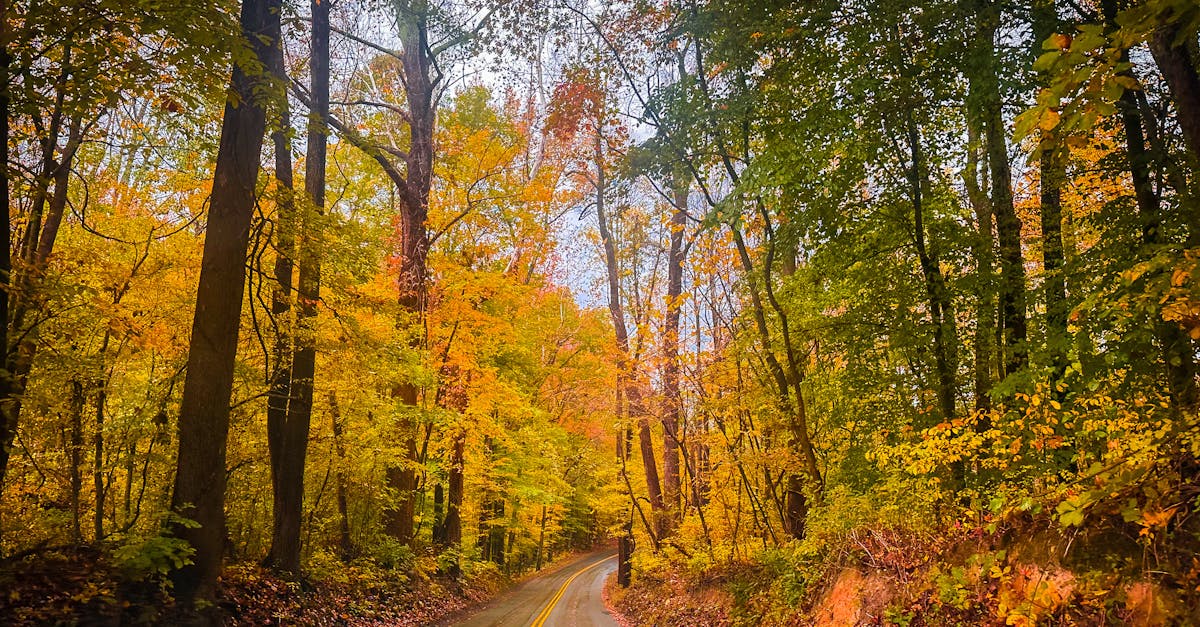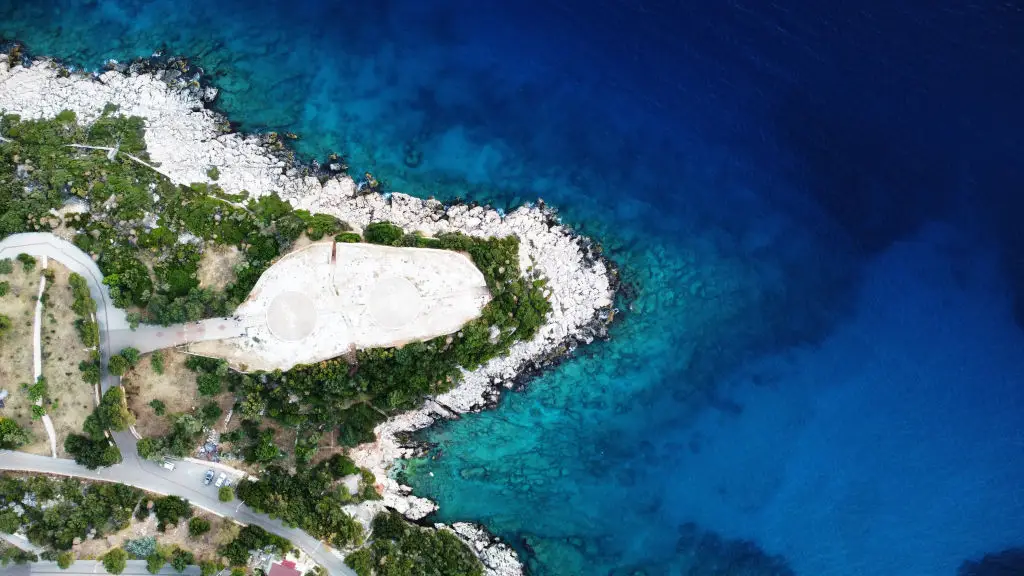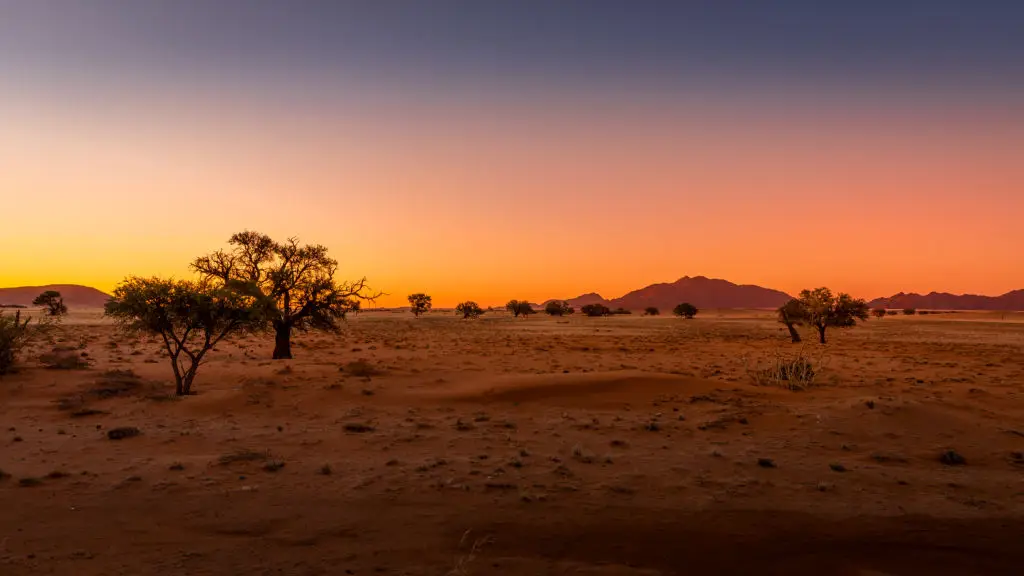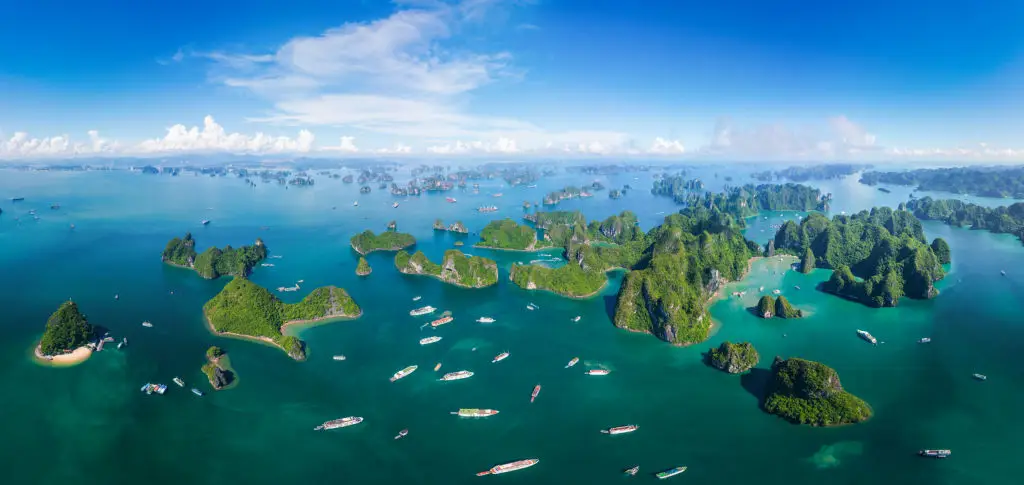11 European Mountain Escapes Beyond the Ski Slopes
When most people picture European mountains, they imagine powdery slopes and bustling ski lifts. But step beyond the snow season, and these dramatic landscapes reveal a very different kind of magic. Across the continent, alpine villages, wildflower-carpeted paths, and hidden lakes invite travelers to slow down, stretch out, and connect with nature and culture all year long. In recent years, travelers from the U.S. and Canada have started seeking “coolcations”—refreshing getaways in the heart of Europe’s mountains that focus on wellness, food, culture, and gentle adventure rather than racing downhill. Whether you dream of unwinding at a lakeside spa, wandering heritage villages, or sampling cheese at a high-altitude dairy, there’s a mountain escape just waiting to surprise you. These regions now buzz with festivals, artisanal markets, and eco-friendly retreats even in the warmest months, offering a breath of fresh air for every style of explorer. Ready to go beyond the slopes? These 11 handpicked destinations spotlight a different side of Europe’s high places—each with rich local flavor, stunning landscapes, and year-round adventures. Start planning your next mountain journey, no skis required.
1. South Tyrol, Italy
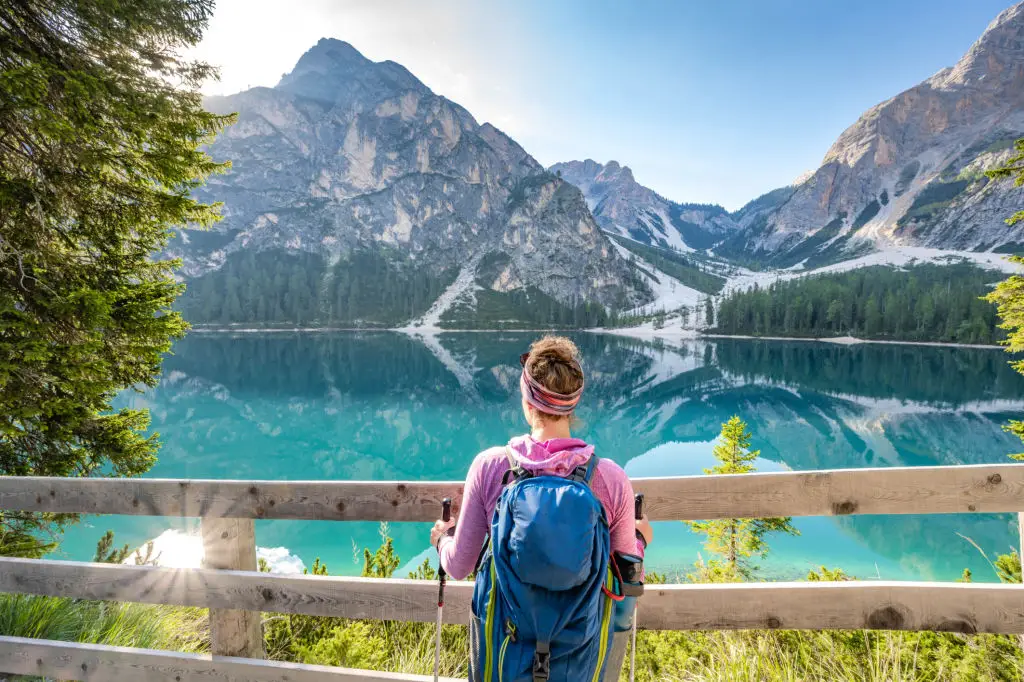
Set at the crossroads of Italy and Austria, South Tyrol charms visitors with its striking mix of Dolomite peaks, alpine meadows, and a dazzling food scene. Beyond the winter bustle, this region celebrates nature in full bloom—especially in late spring and summer. Scenic trails lead you past glacial lakes and rainbow fields of wildflowers, while farm-to-table restaurants showcase local cheese, honey, and forest mushrooms. Many find themselves unwinding in world-class wellness spas, some boasting panoramic forest saunas and outdoor pools with mountain views. Don’t miss charming mountain villages such as Ortisei or Castelrotto, where Tyrolean and Italian heritage blend seamlessly in architecture and menus. Access is straightforward via Bolzano (by train or car), and eco-lodges are increasingly popular with sustainability-minded travelers. If you visit during autumn, join a harvest festival or sample fresh apple cider. South Tyrol stands out for its authentic culture and focus on holistic well-being, making it an inviting destination well beyond the snow.
2. Julian Alps, Slovenia
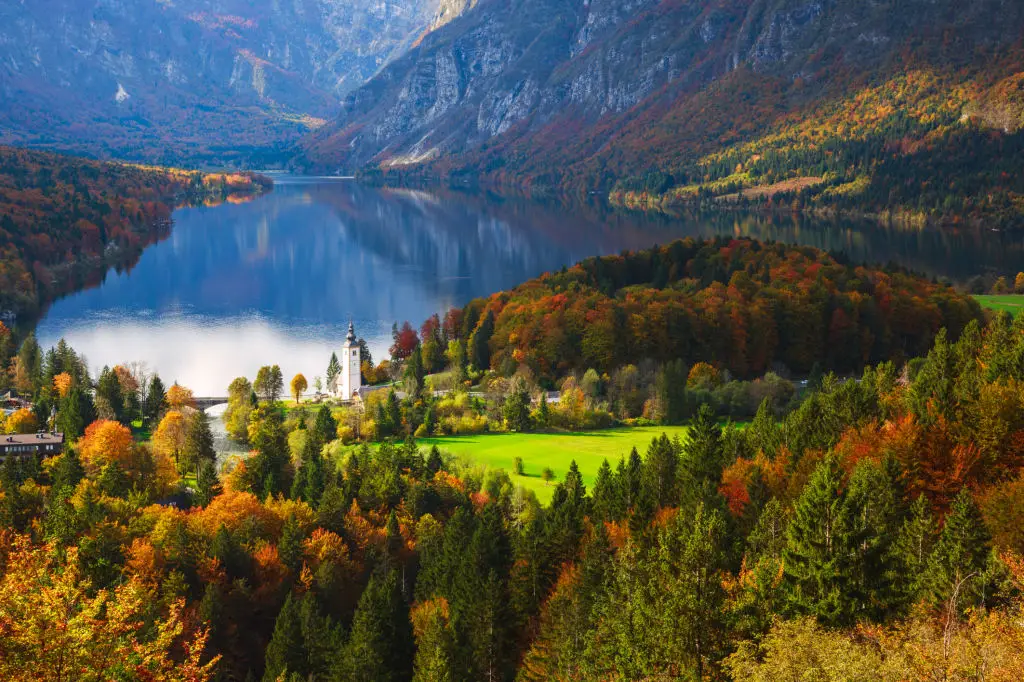
Slovenia’s Julian Alps offer unspoiled beauty—think emerald lakes, rushing rivers, and quiet villages. The centerpiece is Triglav National Park, home to pristine trails, alpine flower meadows, and the mirror-like waters of Lake Bohinj. While some arrive for hiking or cycling, others are drawn to river kayaking, fly-fishing, or even honey-tasting tours in the valley. Guesthouses, family-run eco-lodges, and local art workshops reflect Slovenia’s deep-rooted tradition of “slow tourism.” Rail connections reach Jesenice and Lake Bled; Lake Bohinj is a short drive further, with buses for those without a car. Affordable lodging, friendly locals, and unique experiences—like foraging or attending rural music festivals—make this one of Europe’s most accessible and rewarding escapes. Budget-friendly, crowd-free, and vibrantly green in summer, the Julian Alps reward long, lazy explorations and new cultural discoveries at every turn.
3. Picos de Europa, Spain
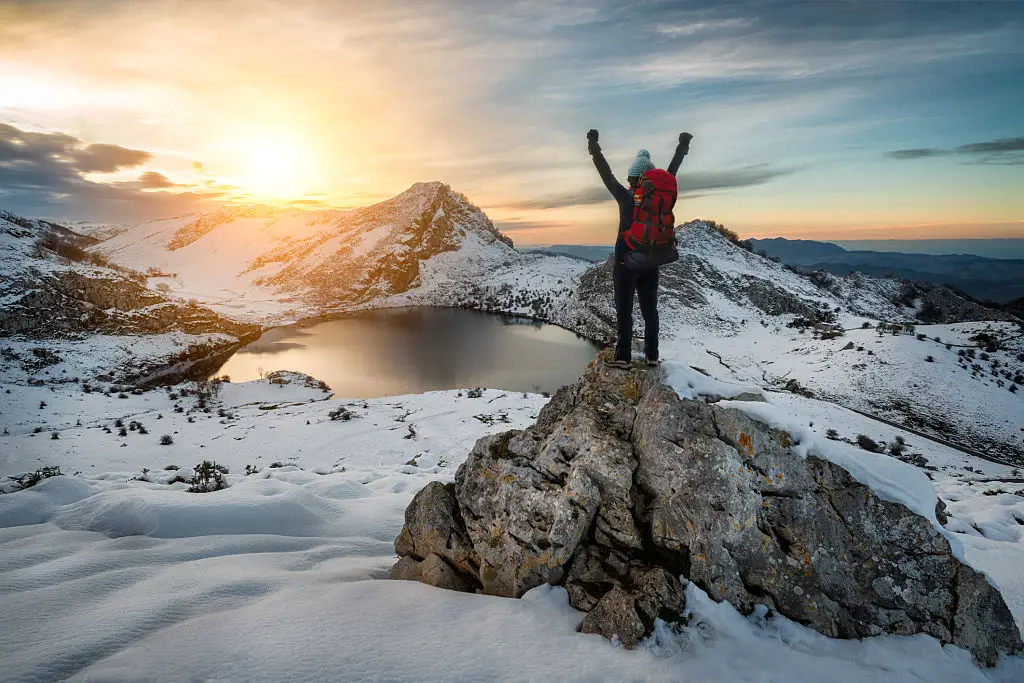
In Spain’s northern corner, the Picos de Europa form a jagged landscape of limestone peaks and lush valleys. Unlike the country’s hotter south, this region remains cool and green, even at the height of summer. Visitors come for legendary hiking, but that’s only the beginning. Caves explored by early humans, wildflower meadows, and Asturian cider houses offer a heady taste of local heritage. Covadonga Lakes, set high among the peaks, reward a short drive or bus ride with unforgettable scenery. Village hamlets host traditional markets and showcase artisan cheese—especially Cabrales, matured in mountain caves. The area enjoys fewer crowds versus Spain’s better-known coast, and English is commonly spoken in tourism centers. Visit between late May and October for varied festivals, guided birdwatching, and bustling village life. Picos de Europa is one of Spain’s best-kept green secrets.
4. Valais, Switzerland
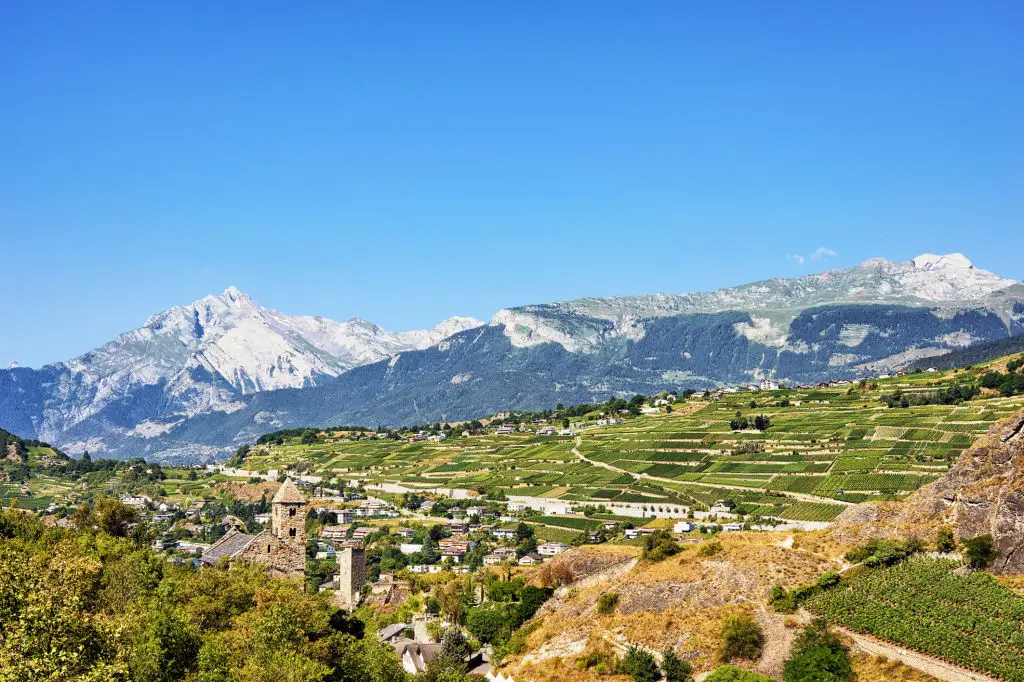
Nestled beneath the shadow of iconic Alps, Valais offers a softer side of Switzerland. Vineyards sprawl along sunny valleys, while cable cars whisk visitors into dairy country for cheese tastings and panoramic hikes. Beyond world-famous peaks, travelers discover Roman-era spa towns like Leukerbad and rustic mountain barns that now host yoga retreats or local gastronomy weekends. Sion and Brig serve as busy gateways, but it’s worth exploring car-free towns such as Saas-Fee for tranquil evenings. Summer means wine festivals, scenic rail lines, and easy access to high-altitude meadows. Autumn brings peace—and fewer visitors—plus harvest celebrations special to the region. For spa enthusiasts, the thermal baths provide relaxation with a sense of old-world grandeur. Valais distinguishes itself through this blend of food, wellness, and culture, making it perfect for those who appreciate Switzerland beyond the ski pass.
5. High Tatras, Slovakia/Poland
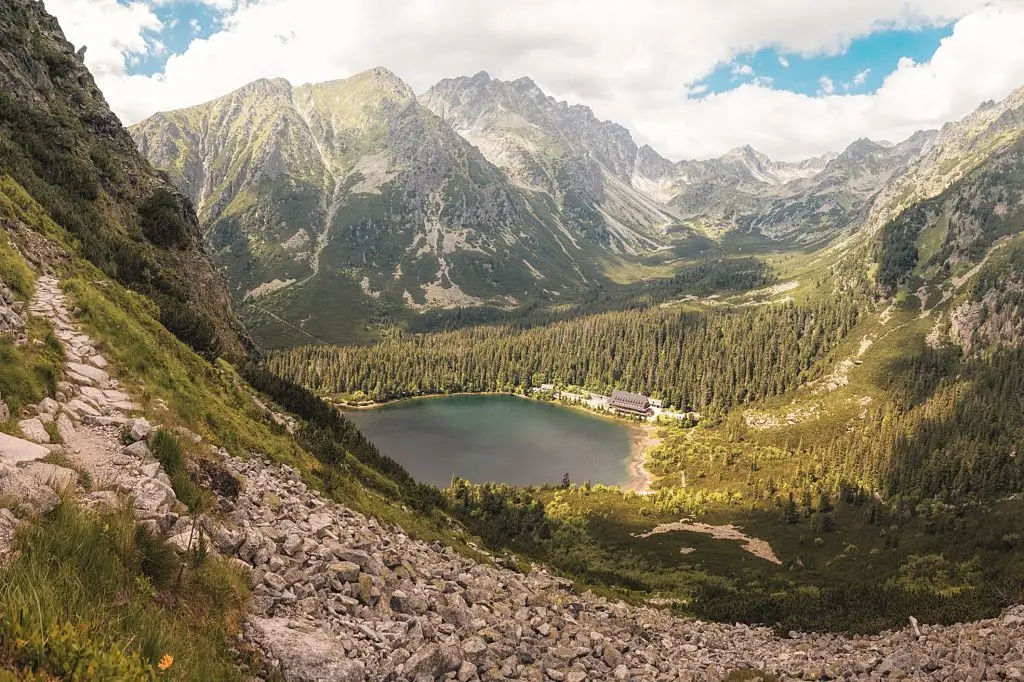
Rising between Slovakia and Poland, the High Tatras impress with rugged peaks, crystalline lakes, and vibrant cultural life. Wildflowers paint the slopes in warmer months, and glacial lakes like Štrbské pleso call to hikers and photographers alike. Families find plenty to enjoy, from botanic gardens to folklore festivals celebrating mountain traditions and music. Guided wildlife walks introduce visitors to the region’s brown bear population, with local eco-guides focused on education and safety. Accessible via Poprad (train/airport), the Tatras are budget-friendly and welcoming, with a range of pensions and wellness hotels scattered among the villages. The mix of Central European traditions—folk crafts, cuisine, and woodcarving—add to the experience. For active travelers or cultural explorers, the Tatras offer big mountain adventure with a homey, local touch.
6. French Pyrenees
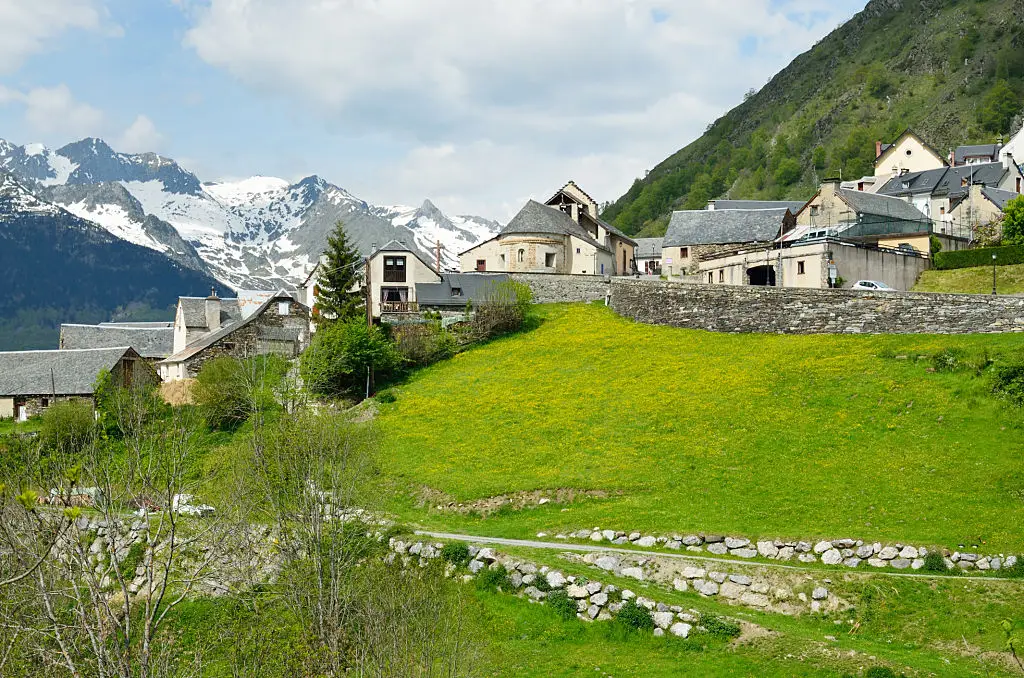
The French Pyrenees stretch across southern France, offering a blend of untamed beauty, culinary excellence, and centuries-old traditions. Beyond celebrated ski fields, you’ll find historic mountain trains, weekly village markets, and natural hot springs—ideal for unwinding after a day in the hills. The Basque influence shows up in the local music, food, and festivals, from summer’s folk gatherings to vibrant autumn fairs. Home bases such as Lourdes and Pau provide easy access by train or car, while Luz-Saint-Sauveur and other small towns exude mountain charm with fewer crowds. For food lovers, farm-stay accommodations and table d’hôte meals showcase the region’s renowned cheeses, honey, and charcuterie. Visit between May and September for cool weather, quiet trails, and authentic hospitality. The Pyrenees encourage travelers to indulge both body and spirit.
7. Lofoten Islands, Norway
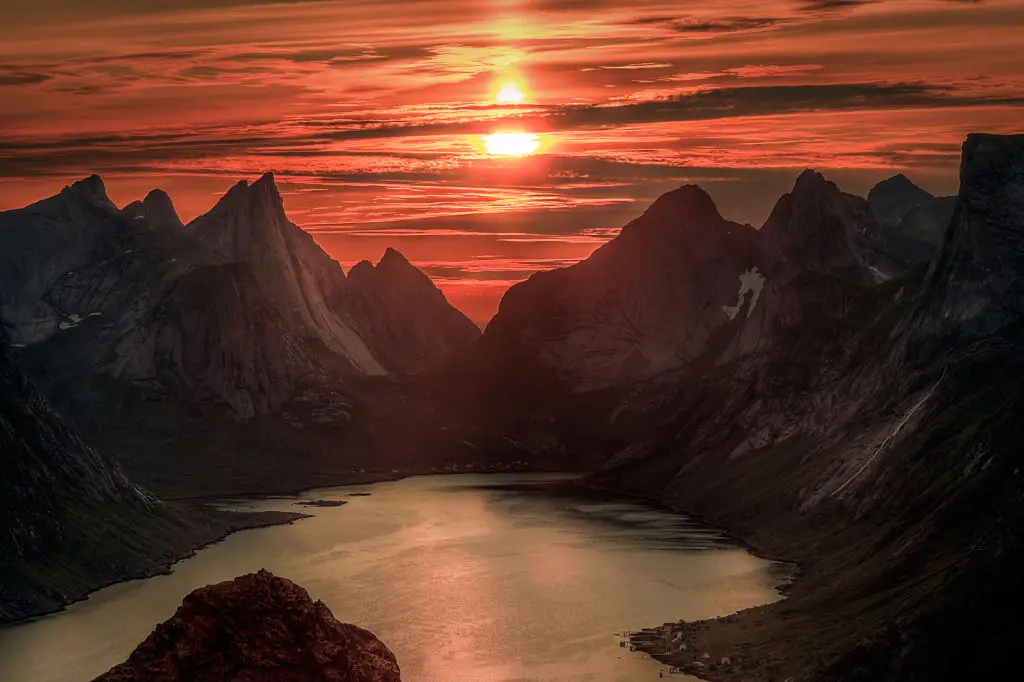
Set above the Arctic Circle, Norway’s Lofoten Islands are defined by their wild peaks, crystal-blue fjords, and dramatic light. In summer, daylight hardly fades—a gift for those eager to hike, kayak, or fish from tiny wooden harbors beneath midnight sun. Villages, such as Reine and Henningsvær, host art galleries, rustic restaurants, and guided tours exploring Sami traditions and handicrafts. Many choose to explore by ferry or scenic road trip from Bodø (flight or ferry), with a growing selection of eco-friendly rorbuer (fishermen’s cabins) on offer. Summer’s endless days invite adventure, while fall brings quieter islands and the first hint of northern lights. For a taste of unspoiled Arctic beauty with a strong local flavor, Lofoten is tough to match.
8. The Dolomites, Italy
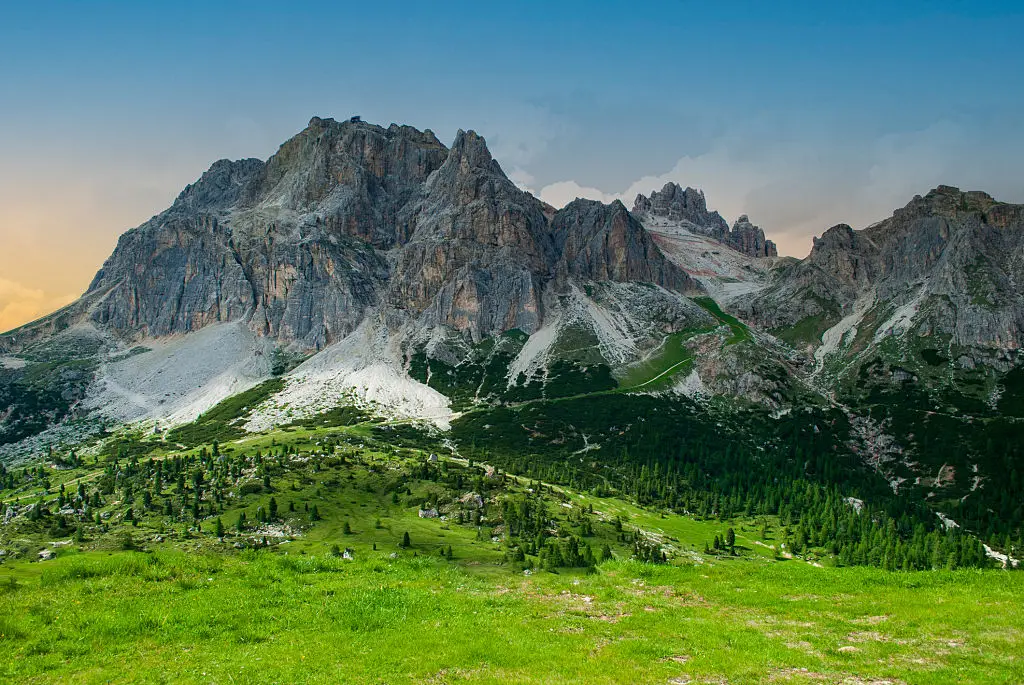
No peak in the Dolomites is more famous than its sharp limestone towers, but these mountains dazzle just as much during hiking season. The valleys bloom with color as wildflowers return each summer, and travelers can tackle scenic via ferrata routes, rent e-bikes for easy valley trails, or savor Ladin culture at mountain festivals. Foodies flock to high-altitude huts that serve Michelin-starred tasting menus alongside rustic fare. Cortina d’Ampezzo and Alta Badia offer access to public transport, base villages, and a range of wellness hotels. Autumn brings truffle fairs and forest walks beneath fiery leaves; even in peak times, it’s easy to find solitude on less traveled paths. The Dolomites reward those who look upward—and inward—for adventure and authentic living.
9. Carpathian Mountains, Romania
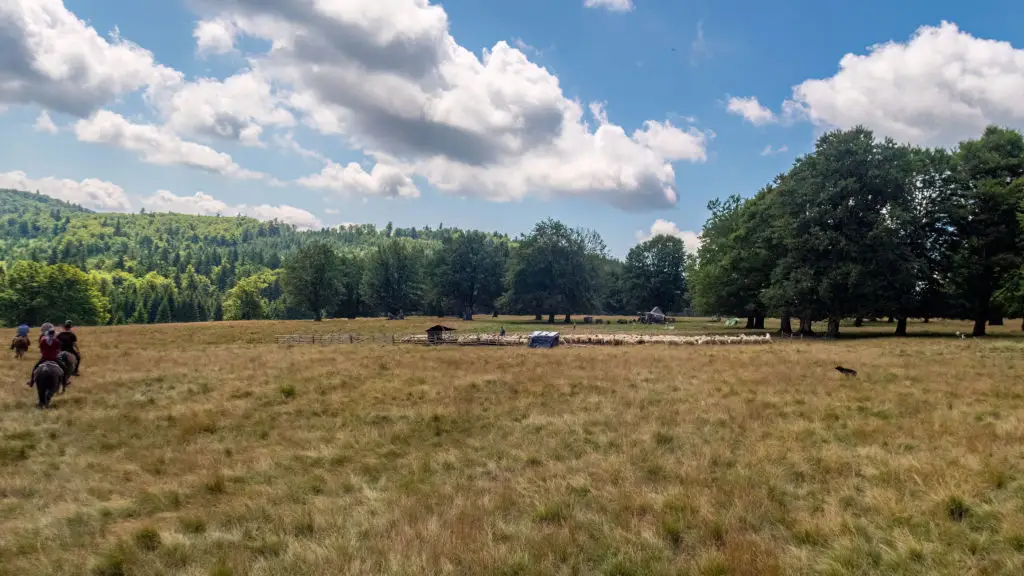
The Carpathian Mountains of Romania promise deep forests, medieval villages, and a true sense of mystery. Travelers with a taste for the wild can track brown bears with seasoned guides, stay in eco-lodges, or try their hand at traditional crafts like wood carving or egg painting. Painted monasteries dot the hillsides, while shepherds still tend flocks as they have for centuries. Brașov is the main gateway by train or bus, putting you in reach of the Bucegi and Făgăraș ranges. Spring and summer see wildflowers and local festivals, while autumn brings rich colors and harvest traditions. For those seeking both adventure and authenticity, Romania’s Carpathians are a revelation—rich with stories and still largely untamed.
10. Grossglockner, Austria
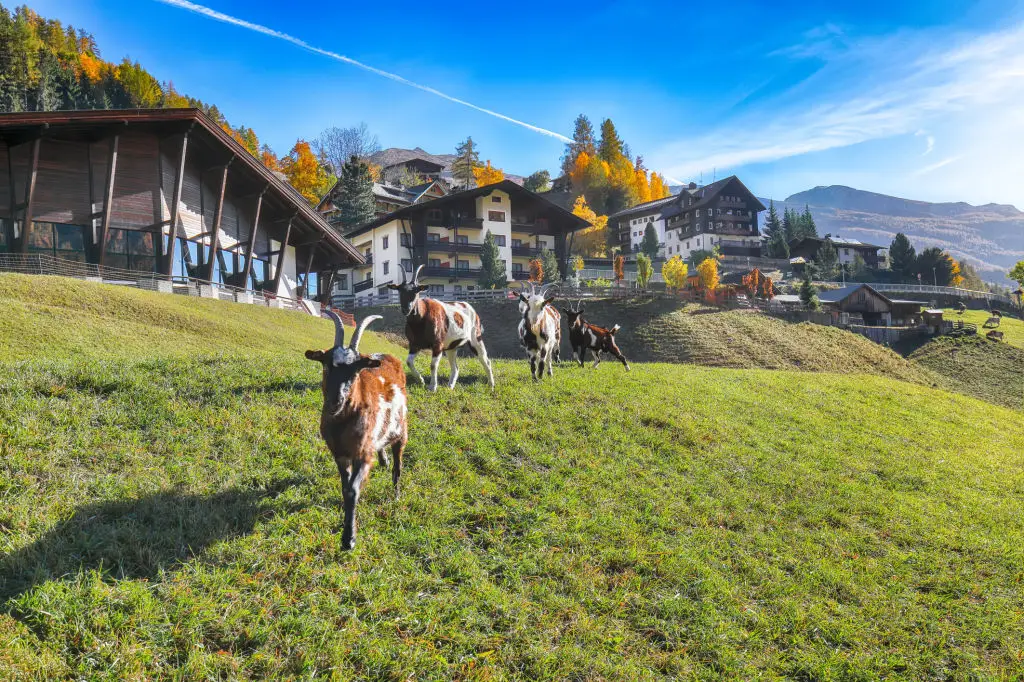
Austria’s highest peak, Grossglockner, towers over an alpine wonderland known for its glacier walks and wildflower meadows. In the national park, alpine gardens bloom with rare species through late spring and summer. Heiligenblut, a storybook mountain village, serves as a launch point for panoramic drives, high-altitude dairies, and artisan woodcarvers eager to share their craft. Arrive by scenic road from Salzburg or Lienz; buses connect during the summer season. Local inns and guesthouses provide cozy bases and often include traditional dinners featuring regional cheeses and cured meats. Visiting in May or September brings fewer crowds while preserving the dramatic landscape’s full color and energy. Grossglockner is suited for travelers craving adventure and alpine culture without racing the crowds.
11. Scottish Highlands, UK
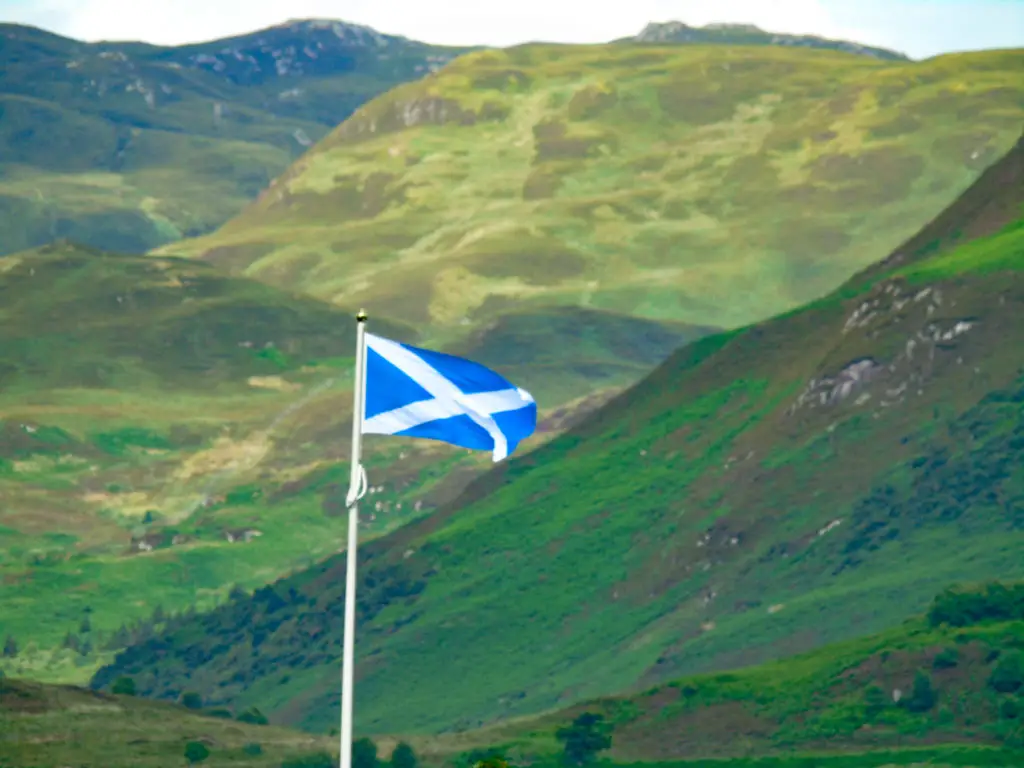
The Scottish Highlands brim with stories—remote lochs, castle ruins, and mist-shrouded glens light up the imagination year-round. Outdoor lovers climb Munros (the region’s distinct peaks), walk historic trails, and kayak with otters in clear waters. Distillery tours offer a taste of local whisky, while Highland games bring together music, dancing, and centuries-old sports each summer. Fort William and Inverness are well-served by rail and offer easy car hire. Many opt for village inns or coastal B&Bs, enjoying warm hospitality and home-cooked fare at the end of a hiking day. Wildlife spotting—from red deer to golden eagles—adds magic to rainy afternoons. While the weather can change quickly, the sense of welcome endures, making the Highlands a lasting favorite for visitors seeking connection, culture, and wilderness.
Europe’s mountains promise so much more than ski runs and après-ski cocktails. These 11 regions unveil vibrant cultures, breathtaking nature, and a wealth of activities to suit every traveler’s pace and passion—even in the heart of summer or fall. Whether it’s a steamy outdoor spa in South Tyrol, a wildflower hike in the Tatras, or a seafood feast beneath Norway’s midnight sun, mountain escapes offer space to dream, unwind, and try something new. Each destination on this list has been chosen for its rich experiences—culinary, cultural, or pure adventure—that stand apart from the usual downhill fare. Book early for top lodgings, double-check opening dates for local attractions, and don’t be afraid to travel beyond the big-name resorts. When your next journey takes you to Europe’s heights, you’ll discover the true power of mountain living—no skis required.



